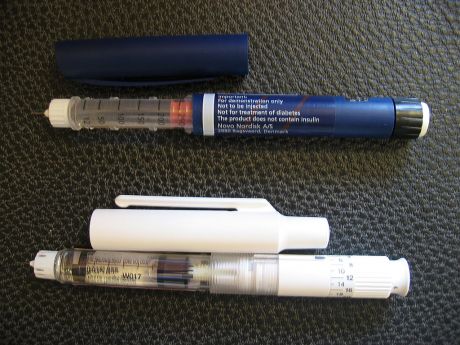Type 2 diabetes (T2D) is the most common form of diabetes which affects 2-3 % of the world’s population. The emergence of T2D has been strongly linked with the Western lifestyle, which is characterised by excessive nutritional intake and lack of exercise.
Accumulating evidence unveils a complex disease aetiology involving both genetic and nutritional factors. A central player in T2D pathophysiology is the nuclear hormone receptor (NHR) – PPARγ. This molecule serves as a lipid sensor and master regulator of adipogenesis. PPARγ is also the molecular target for the Thiazolidinedione (TZD)-class of insulin sensitisers, which are currently available as oral anti-diabetic drugs. However, despite their efficacy in glycaemic control, TZDs are associated with various adverse side effects.
The EU-funded FGF1T2D (FGF1: a novel metabolic regulator involved in insulin sensitization and glycemic control) project has set out to investigate the transcriptional pathway of energy metabolism. For this purpose, scientists utilised a novel screening tool and identified fibroblast growth factor 1 (FGF1) as a novel target of PPARγ. So far, they have found that expression of FGF1 is regulated by PPARγ and mice lacking FGF1 become insulin resistant on a high-fat diet. Results clearly underscore the importance of this pathway in diet-induced diabetes.
This finding has led scientists to study if administration of FGF1 to diabetic mice could lower glucose levels similar to TZDs. Studies on mouse models of the disease should help decipher the mechanism by which FGF1 affects lipid and carbohydrate metabolism.
Collectively, the activities of the FGF1T2D project shed light on the role of the PPARγ-FGF1 endocrine signalling pathway in the development of diabetes. Future therapeutic strategies could involve FGF1 manipulation for controlling diabetes.

